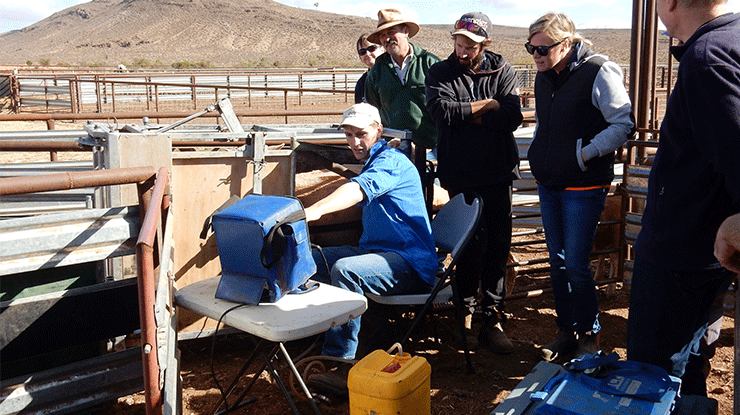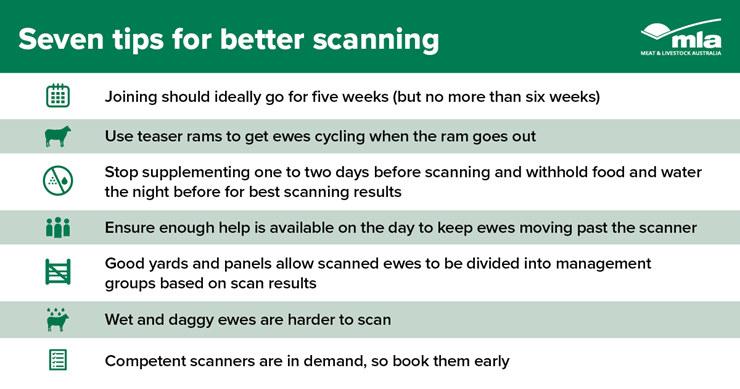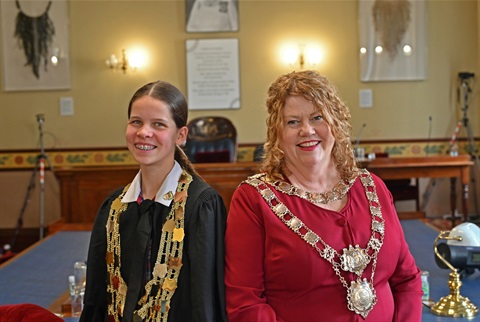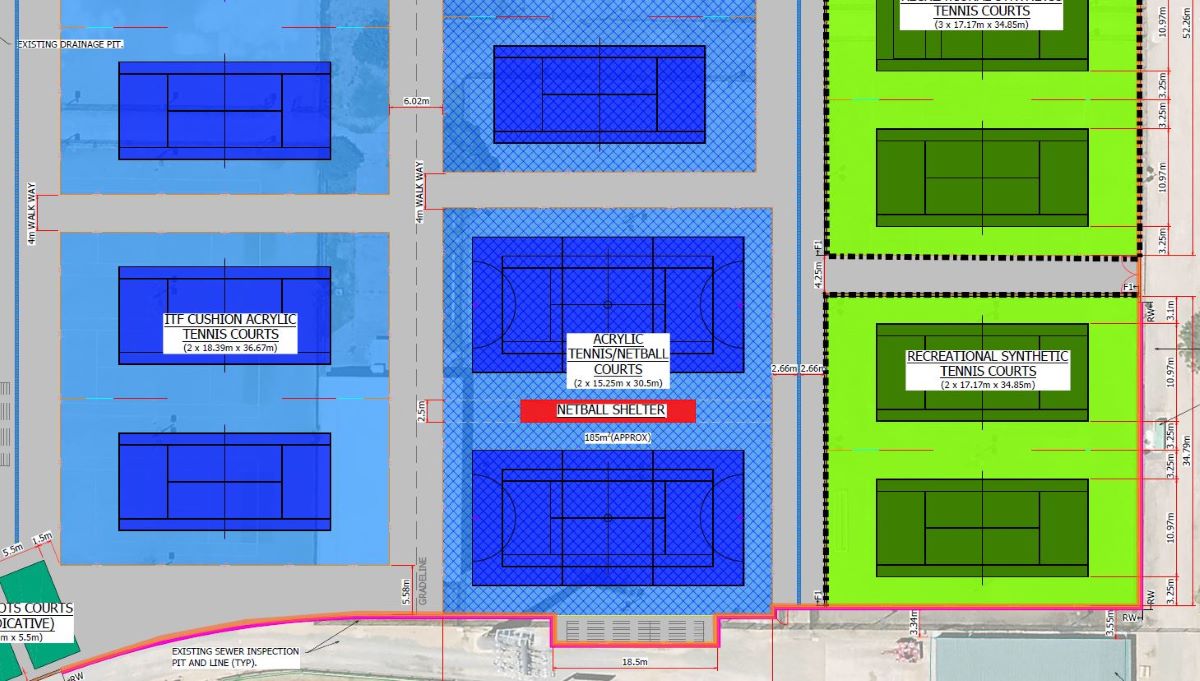
Want more lambs? Producers who use pregnancy scanning can better manage the nutritional requirements of twin and triplet‑bearing ewes, as well as enhance marking percentages.
A project funded by MLA and AWI aims to increase national lamb marking percentages by two percentage points and the survival rates of twinborn lambs by five percentage points – or an extra 700,000 lambs weaned a year.
Associate Professor Forbes Brien, a Research Fellow with the University of Adelaide’s School of Animal and Veterinary Sciences, is leading the research.
He said the project aims to improve use of pregnancy scanning by addressing barriers to adoption, strengthening the business case for scanning, and working with scanning contractors to enhance the accuracy and use of the technology.
“We estimate around 40–50% of the Australian flock is being scanned, but some producers may not scan every year,” Forbes says.
“The relatively low level of adoption of scanning technology by producers is one of the key factors preventing good nutritional management of pregnant ewes.
“Only around half who are using scanning are looking at how many lambs a ewe is carrying in addition to whether ewes are pregnant or not.”
Does it pay?
Forbes said some producers may not be not convinced of the business case for scanning, and some farms may not be set up to manage a lot of smaller flocks.
However, he said there’s a strong case for scanning for single/multiple lambs and subsequently managing twin‑bearing and triplet‑bearing ewes according to their nutritional requirements.
“Studies on twin‑bearing Merino ewes have shown if you can get the ewe to lambing with a condition score of 3.2 compared to 2.3, you increase your lambing percentage from 115% to 142%,” Forbes said.
“The survival of twin‑born lambs from birth to marking also increases when the ewes were in better condition, from 57% to 71%.”
Producers who don’t scan for single/multiple lambs will end up providing the same levels of feed to a flock that has different nutritional needs.
They may choose to manage the flock to the animals with the highest nutritional needs (twin and triplet‑bearing ewes) and overfeed the dry and single‑bearing ewes. Alternatively, they may pick an average and run the risk that twin and triplet‑bearing ewes aren’t getting enough nutrition.
“In times of drought in particular, many people are having to contain their stock to almost full feeding.
“If you can accurately tailor your feeding to different nutritional requirements, you’re going to be well ahead.”
Other benefits
As well as a tool to fine‑tune feeding, scanning can be used to age the foetuses and organise flocks according to lambing dates, particularly if flock size is not an issue.
“There are advantages in knowing what’s going to be born early or late, particularly when allocating limited resources.
“If you can organise the flock within a two‑week window, you can manage the lambs more appropriately for marking and weaning and streamline management and welfare outcomes.”









